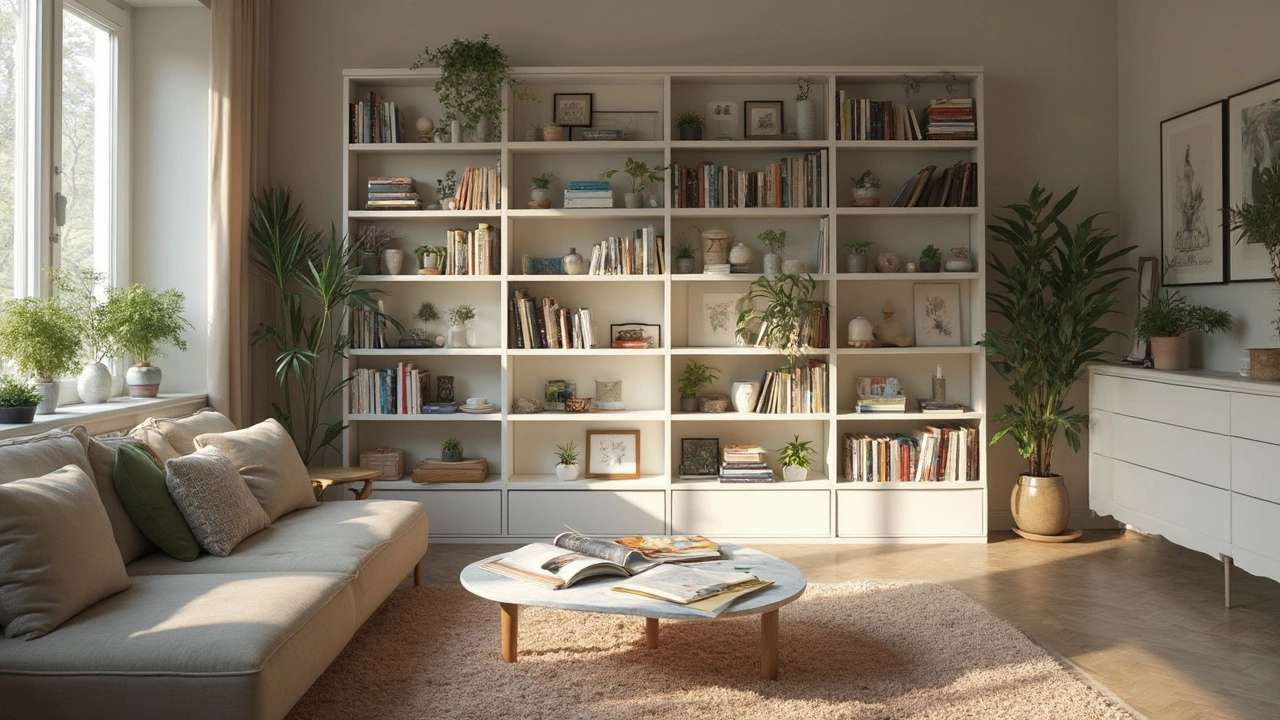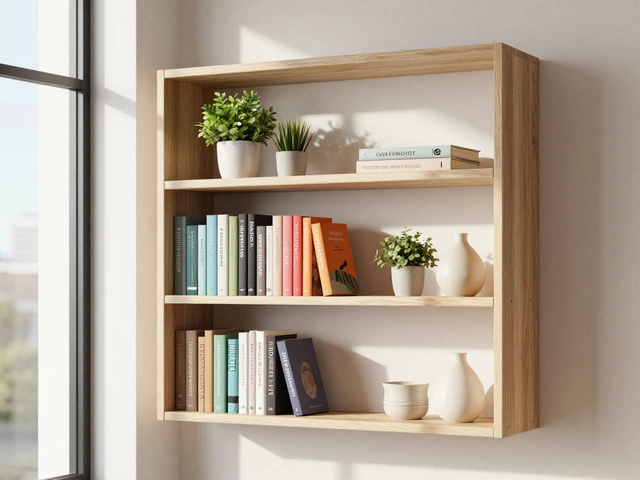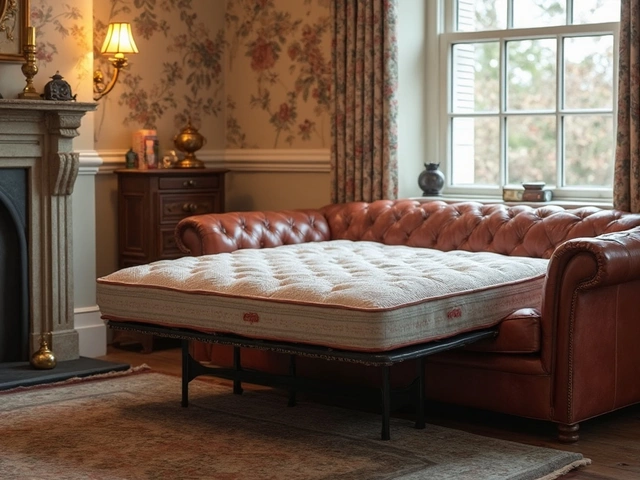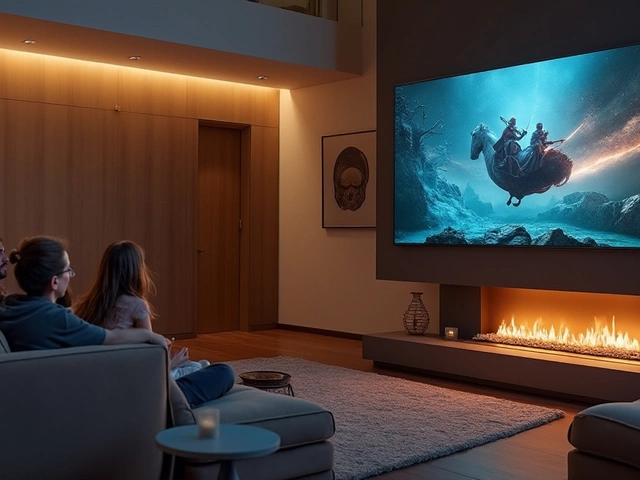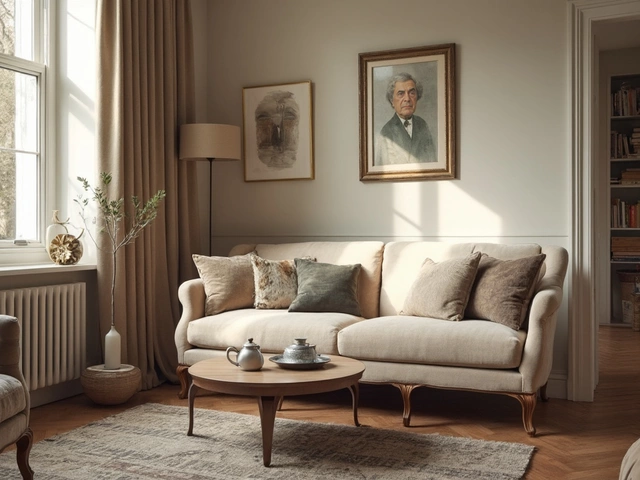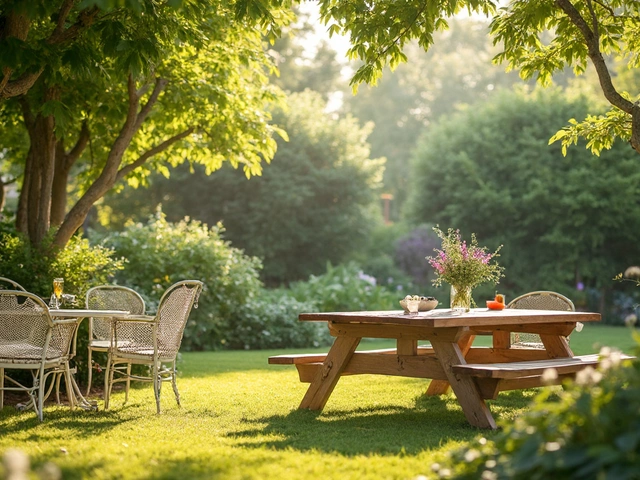Bookcase Origin: From Ancient Shelves to Modern Design
Ever wonder why the bookcase looks the way it does today? It didn’t start as a sleek wall unit in a designer showroom. Hundreds of years of need, style, and material experiments shaped the humble book‑storage piece we use now.
Early Roots: Simple Shelves and Monastic Labs
Back in the Middle Ages monks stored manuscripts on wooden planks nailed to stone walls. Those early shelves were flat, low, and made to keep parchment safe from humidity. The idea was simple: put the books somewhere stable and reachable. As literacy spread beyond monasteries, private homes began to copy that basic setup.
Renaissance and the Rise of the Stand‑Alone Bookcase
During the Renaissance, wealthier families wanted to show off their growing libraries. Craftsmen responded with free‑standing cabinets that featured glass doors, decorative carvings, and multiple tiers. These pieces were as much about status as they were about storage. The addition of glass let owners admire leather‑bound volumes while keeping dust out – a practice that still influences today’s display shelves.
Industrialisation in the 19‑century changed the game again. Mass‑produced metal and later particleboard made bookcases affordable for the middle class. Designers started focusing on function: standardized heights, adjustable shelves, and modular units that could fit any room size.
Fast forward to the 20‑century modernist movement, and you’ll see the bookcase stripped down to clean lines and raw materials. Think of the iconic IKEA Billy – a flat‑pack that anyone can assemble. The philosophy shifted to ‘design for everyone’ while keeping the core purpose unchanged: store books efficiently.
What Influences Today’s Bookcase Design?
Materials matter. Solid wood gives warmth and durability; metal offers an industrial vibe; engineered wood provides cost‑effective strength. Finish choices – natural, painted, or lacquered – affect both style and how well the case handles humidity. Meanwhile, adjustable shelves let you fit tall atlases next to slim novels without hassle.
Space planning also drives modern designs. Open‑concept homes need floating shelves that blend with walls, while small apartments benefit from compact, ladder‑style units. Multi‑function pieces combine storage with desks or cabinets, catering to the work‑from‑home crowd.
Finally, sustainability is a growing factor. Reclaimed wood, low‑VOC finishes, and modular systems that can be re‑configured extend a bookcase’s life and reduce waste.
Choosing the Right Bookcase for Your Space
Start by measuring the wall or corner where the case will sit. Leave a few centimeters at the top and bottom for airflow. Next, think about what you’ll store – heavy textbooks need sturdy supports, while picture books fit nicely on lower shelves.
If you love the look of classic furniture, a solid‑wood case with a natural finish adds warmth. For a sleek, contemporary vibe, go for metal frames with glass shelves. And if you’re on a budget, a flat‑pack particleboard unit with adjustable shelves does the job without breaking the bank.
Don’t forget lighting. Adding a small LED strip behind open shelves highlights your collection and makes the room feel cozier.
In short, the bookcase origin story is a journey from simple monastery boards to today’s versatile storage solutions. Understanding that evolution helps you pick a piece that matches your style, budget, and space – and keeps your books looking great for years to come.
